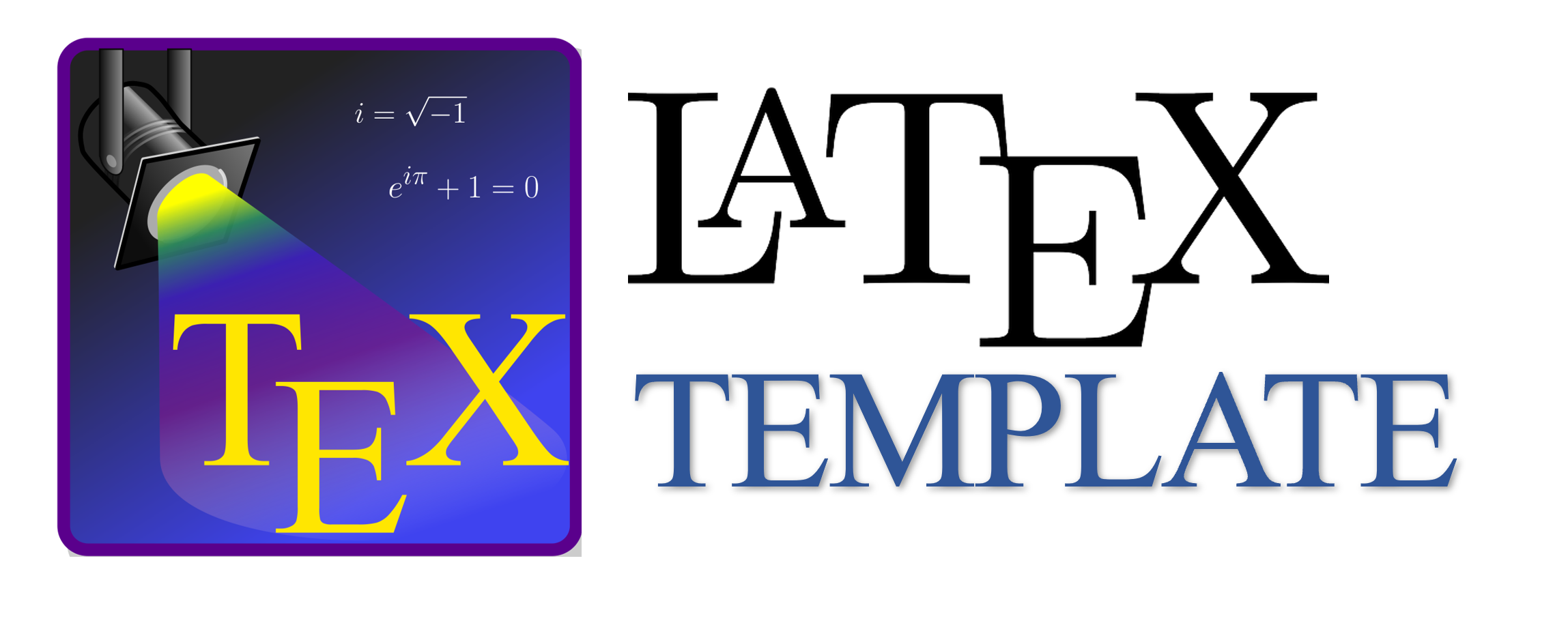Model ETAS Spatio-Temporal pada Analisis Pemetaan Intensitas Kegempaan di Wilayah Sumatera
Abstract
Keywords
Full Text:
PDFReferences
A. M. Haifani, "Manajemen Resiko Bencana Gempa Bumi Yogyakarta 27 Mei 2006" in Prosiding Seminar Nasional IV SDM Teknilogi Nuklir, 2008, pp. 285-294.
R. Metrikasari and A. Choiruddin, "Pemodelan Risiko Gempa Bumi di Pulau Sumatera Menggunakan Model Inhomogeneous Neyman-Scott Cox Process" Jurnal Sains dan Seni ITS, vol. 9, no. 2, pp. 102-107, feb 2021, doi: 10.12962/j23373520.v9i2.52318.
D. Siska, "Pentingnya Analisa Rupture/Rekahan Gempa Bumi sebagai Pedoman dalam Perencanaan Perumahan dan Pemukiman" Jurnal Arsitekno, vol. 3, no. 3, pp. 39-46, feb 2019, doi: 10.29103/arj.v3i3.1221.
N. B. Wibowo and J. N. Sembri, "Analysis of Seismicity and Earthquake Energy at Opak Oyo Fault - Yogyakarta" Indonesian Journal of Applied Physics, vol. 7, no. 2, pp. 82-90, oct 2017, doi: 10.13057/ijap.v7i2.13702.
Y. M. Kartikasari and A. Choiruddin, "Analisis Risiko Gempabumi di Sumatera dengan Cauchy Cluster Process" Inferensi, vol. 5, no. 2, pp. 123-134, sep 2022, doi: 10.12962/j27213862.v5i2.12307.
R. Indri, H. Taunaumang, and F. R. Tumimomor, "Analisis Bahaya Gempa Bumi Menggunakan Metode Probabilistic Seismic Hazard Analysis di Wilayah Likupang, Minahasa Utara" Jurnal Fista Fisika dan Terapannya, vol. 3, no. 1, pp. 34-38, 2022.
A. R. Wijaya and H. Pratiwi, "Model Proses Titik Bertanda Terindeks Waktu Pada Data Gempa Bumi Di Pantai Selatan Jawa" in Prosiding Seminar Nasional Matematika dan Aplikasinya, 2017, pp. 203-209.
Y. Ogata, "Statistical Models for Earthquake Occurrences and Residual Analysis for Point Processes" Journal of the American Statistical Association, vol. 83, no. 401, pp. 9-27, mar 1988, doi: 10.2307/2288914.
F. P. Schoenberg, "Introduction to Point Processes" in Wiley Encyclopedia of Operations Research and Management Science. Hoboken, NJ, USA: John Wiley & Sons, Inc., feb 2011, doi: 10.1002/9780470400531.eorms0425.
D. Harte, "PtProcess : An R Package for Modelling Marked Point Processes Indexed by Time" Journal of Statistical Software, vol. 35, no. 8, pp. 119-114, 2010, doi: 10.18637/jss.v035.i08.
N. Davoudi, H. R. Tavakoli, M. Zare, and A. Jalilian, "Declustering of Iran earthquake catalog (1983-2017) using the epidemic-type aftershock sequence (ETAS) model" Acta Geophysica, vol. 66, no. 6, pp. 1359-1373, dec 2018, doi: 10.1007/s11600-018-0211-5.
L. S. Rini, H. Pratiwi, and S. B. Wiyono, "Penerapan Model epidemic type aftershock sequence (ETAS) pada Data Gempa Bumi di Sumatra" in Proceeding 6th University Research Colloquium 2017: Seri MIPA dan Kesehatan, 2017, pp. 281-286.
USGS (United States Geological Survei), Sumatera Earthquakes Catalog. [Online]. Available: www.usgs.gov, 2022.
Y. Ogata, "Space-Time Point-Process Models for Earthquake Occurrences" Annals of the Institute of Statistical Mathematics, vol. 50, no. 2, pp. 379-402, jun 1998, doi: 10.1023/A:1003403601725.
M. A. Rahman and D. R. T. Basarudin, "Algoritme Paralel Quasi Newton untuk Menyelesaikan Permasalahan Optimasi Nonlinear tak Berkendala Skala Besar" in Lokakarya Komputasi dalam Sains dan Teknologi Nuklit VI, 1987, pp. 71-82.
A. Jalilian, "ETAS : An R Package for Fitting the Space-Time ETAS Model to Earthquake Data" Journal of Statistical Software, vol. 88, no. Code Snippet 1, pp. 1-39, 2019, doi: 10.18637/jss.v088.c01.
A. Jalilian and J. Zhuang, ETAS: Modeling Earthquake Data Using ETAS Model. [Online]. Available: https://CRAN.R-project.org/package=ETAS, 2019.
D. H. Natawidjaja and W. Triyoso, "The Sumatran Fault Zone-from Source to Hazard" Journal of Earthquake and Tsunami, vol. 01, no. 01, pp. 21-47, mar 2007, doi: 10.1142/S1793431107000031.
M. A. Massinai, K. R. Amaliah, L. Lantu, V. Virman, and M. F. I. M, "Analisis Percepatam Tanah Maksimum, Percepatan Tanah Maksimum, dan MMI di Wilayah Sulawesi Utara" in Prosiding Seminar Nasional Fisika (E-Journal) SNF2016 UNJ. Pendidikan Fisika dan Fisika FMIPA UNJ, 2016, pp. SNF2016-EPA-33-SNF2016-EPA-36, doi: 10.21009/0305020407.
S. Pailoplee, "Relationship between Modified Mercalli Intensity and peak ground acceleration in Myanmar" Natural Science, vol. 04, no. 08, pp. 624-630, 2012, doi: 10.4236/ns.2012.428082.
DOI: https://doi.org/10.34312/jjom.v5i1.17359
Copyright (c) 2023 Andreas Rony Wijaya

This work is licensed under a Creative Commons Attribution-NonCommercial 4.0 International License.
Jambura Journal of Mathematics has been indexed by
Jambura Journal of Mathematics (e-ISSN: 2656-1344) by Department of Mathematics Universitas Negeri Gorontalo is licensed under a Creative Commons Attribution-NonCommercial 4.0 International License. Powered by Public Knowledge Project OJS.
Editorial Office
Department of Mathematics, Faculty of Mathematics and Natural Science, Universitas Negeri Gorontalo
Jl. Prof. Dr. Ing. B. J. Habibie, Moutong, Tilongkabila, Kabupaten Bone Bolango, Gorontalo, Indonesia
Email: [email protected].



















